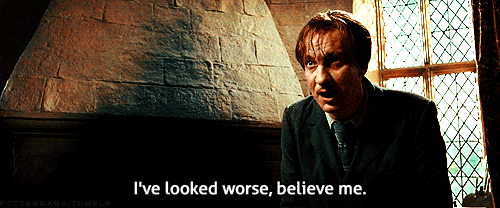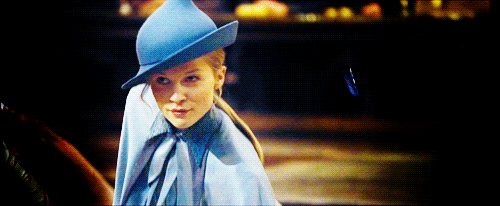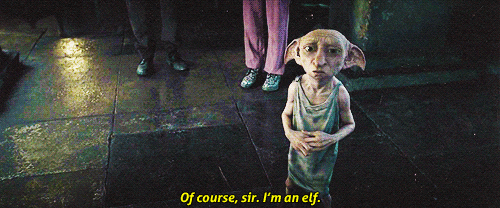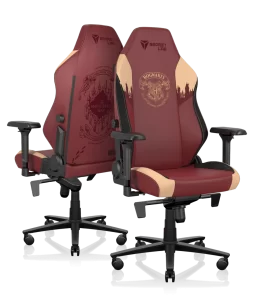Does a Magical Education Extend Beyond Witches and Wizards?
Throughout the Harry Potter series, we were introduced to countless magical creatures within the wizarding world. From goblins to giants, and Pygmy Puffs to centaurs, these creatures enriched the world we are all so steeped in, making Harry’s story far more fearsome. However, each introduction of a creature had to be taken with a goblet full of salt. While these creatures made the story, to be frank, more magical, there were always darker sides looming over the subplots. Continuously, we see non-human creatures facing political oppression, injustice, and stigma. Some of this is remedied by the end of the series, but segregation in the wizarding world is ongoing throughout all elements of society. Despite said inequality, those who aren’t human seem to have a knowledge of magic that is on par with that of wizardkind. But how exactly do other creatures, if they do, get educated?
We must remember that Hogwarts is renowned as a school of witchcraft and wizardry and ergo must be exclusive to humankind who possess magical traits. Despite this, there have been some exceptions to this exclusivity that emerge within the Harry Potter series. For example, Remus Lupin. Though born a human, Lupin became a werewolf in the years prior to receiving his letter to attend Hogwarts. Similarly, Hagrid, half-human and half-giant, received his letter, but being half-giant meant that his place at Hogwarts was judged. In both cases, the only person who seemed welcoming and willing to bend rules was Dumbledore, and both of these pupils later returned as teachers. If any other Headmaster/mistress had been in charge, would they have allowed the same, though? Is the allowance of attendance at Hogwarts for those of other species based on a teacher’s preferences, or are there regulations?
In addition to this, we must also consider the fact that Professor Flitwick, Head of Ravenclaw, is descended from goblins. He is clearly a wizard who has been worked through the ranks of the education system as both a pupil and professor, but how far back in his lineage would the same education have been allowed? To a degree, this is very similar to Fleur. As quarter Veela, she isn’t technically human but nevertheless attended Beauxbatons. Would a full Veela have been permitted to go to a school alongside wholly human pupils?
Since Fleur went to Beauxbatons, perhaps the rules are different from country to country, and thus school to school. Now that we’ve peeked inside Newt’s case in Fantastic Beasts, we’ve had a bold glimpse at what America’s wizarding society’s attitudes are. Although Ilvermorny’s founder was liberal in her approach to other creatures, times changed, and by the time of the 1920s, American wizarding society has regressed into a prejudiced, domineering community. Therefore, perhaps the attitude of the society correlates to that of the wizarding school.
At the end of the day, perhaps we’ll never know how education occurs in other magical species. Maybe the reasoning behind the lack of centaurs walking through the corridors, or vampires in the Slytherin common room, is due to the laws prohibiting non-humans from wielding wands. The reality is that we, seeing the world through the eyes of a wizard who wasn’t raised in said world and through a school solely for wizards and witches, may never touch base with an area like this, and the words may never be typed onto paper. For all we know, the house-elves who work at Hogwarts may have their own way of teaching one another, given how they have such a vast knowledge of magic. And for all we know, the merpeople of the Black Lake could be operating in their own oceanic school.
They’re all uncertainties, but when we only ever see the education at Hogwarts School of Witchcraft and Wizardry, it’s definitely something to consider.






